For Marvel Studios’ Thunderbolts, the 36th entry in the sprawling MCU, director Jake Schreier delivered a grounded, emotionally raw take on superhero cinema, threading together an ensemble of antiheroes for a mission that goes spectacularly sideways. But behind the scenes, the subtlety and spectacle of the visual effects needed to be plausible, often invisible but still impactful.
In this fxpodcast episode, we speak with ILM’s Chad Wiebe (VFX Supervisor) and Lee McNair (Animation Supervisor) to unpack the layers of work that went into some of the film’s most complex sequences.
The Void: simplicity with intention
One of Thunderbolts’ most striking creations is the character of Void, an ominous alter-ego of Sentry. While the look is visually minimal, often just a deep silhouette with glints of eye light, Wiebe explains the visual paradox: “There are a ton of details in the nuances of what you don’t see.” Every Void shot was rendered digitally, not to look like a simple comp with a holdout matte. The team carefully controlled lighting, highlights, and black levels with surgical precision. Their goal was to avoid any hint of just being a compositing trick while retaining just enough of actor Lewis Pullman’s performance to feel human. And they did it with a discipline that extended even to how the character would hold up when internet sleuths tried gamma-pushing the trailer on YouTube, as you can hear the guys joke about in this week’s fxpodcast.
Casting shadows with impact
ILM handled all of the New York-based effects, including the penthouse showdown, street-level destruction, and the stunning citywide blackout. That darkness sweeping across buildings wasn’t a 2D trick, it was rendered entirely in 3D using V-Ray, with full geometry, proper lighting, and shadow behaviour grounded in physical reality.
Interestingly, the “voiding” of civilians, a single-frame transition that stuns and shocks the viewer, was designed as a brutal subversion in contrast to the MCU’s previous Endgame ‘snap’ moment. Where Thanos’ snap was slow and mournful, this effect hit like a visual gut punch. Drawing influence from real-world atomic shadows from WW2, ILM and the filmmakers intentionally blurred the line between death and mystery, delivering a shocking but bloodless moment that resonated deeply and was original and new.
Animating silhouettes and selling the cape
For animation supervisor Lee McNair, much of the challenge came from working in silhouette. “You’re not reading faces; you’re reading posture, stance, the silhouette itself,” he explains. But that became tricky when dealing with Void’s cape, which could either reveal or ruin the silhouette depending on how it moved. The team used subtle movement to keep clarity without breaking the character’s looming menace.
One standout sequence was the brutal penthouse fight. This demanded motion-control camera choreography, stunt integration, and performance continuity across multiple passes. The fight contained a trademark continuous ‘1-er’ shot that had characters tag in and out against Sentry, requiring seamless handoffs between practical actors and digital doubles. ILM split the sequence across multiple camera setups, extensively tech-vizzed the penthouse space, and used LED walls for real-time lighting and reflections based on New York photogrammetry.
Digital doubles
ILM captured extensive motion and facial data using Clear Angle’s custom-built “Dorothy” rig, their high-resolution photometric 3D head scanning and 4D performance capture system, along with detailed reference photography. However, the true success came from how naturally the digital doubles blended into the live-action plates. According to McNair, even some non-blurred transitions had to hold up under scrutiny: “There was nowhere to hide.” Seamlessly stitching performances meant managing hair continuity, subtle facial expressions, and emotional arcs in addition to complex muscle moves.

IMAX thoughts
Wiebe and McNair emphasise the team’s restraint. From the Void’s rich blacks to the emotionally devastating city sequences, Thunderbolts works because it rarely overplays its hand. “It was cool in its simplicity,” says Wiebe. That discipline, and the careful interplay between technical precision and narrative tone, is what makes ILM’s work here stand out.
And if you haven’t yet seen Thunderbolts, we echo the team’s advice: catch it in IMAX, where black levels matter, shadows stretch deeper, and the Void stares back with full effect.

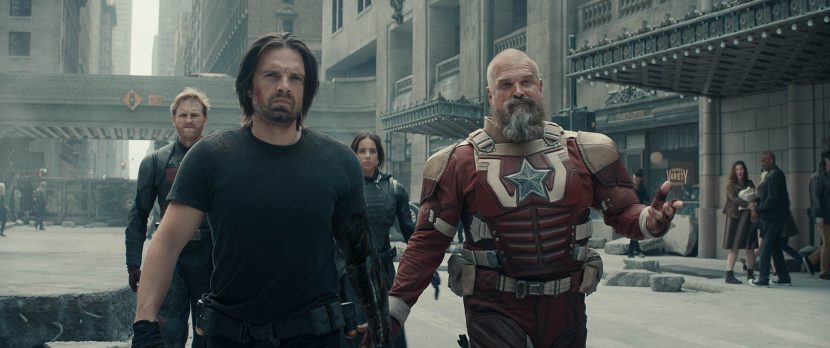
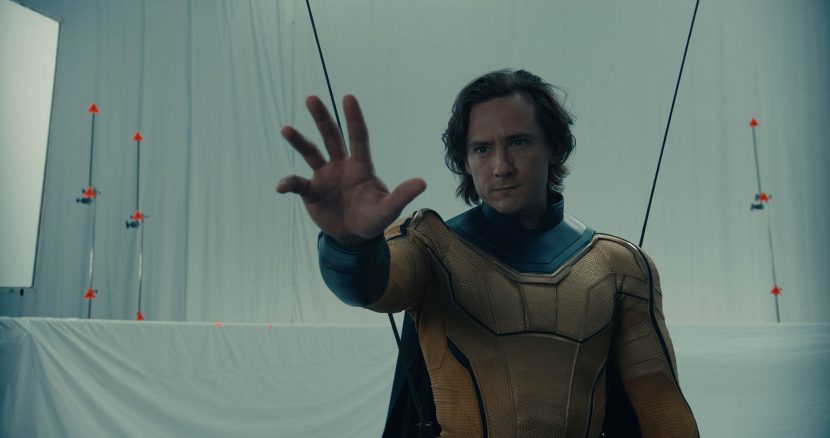
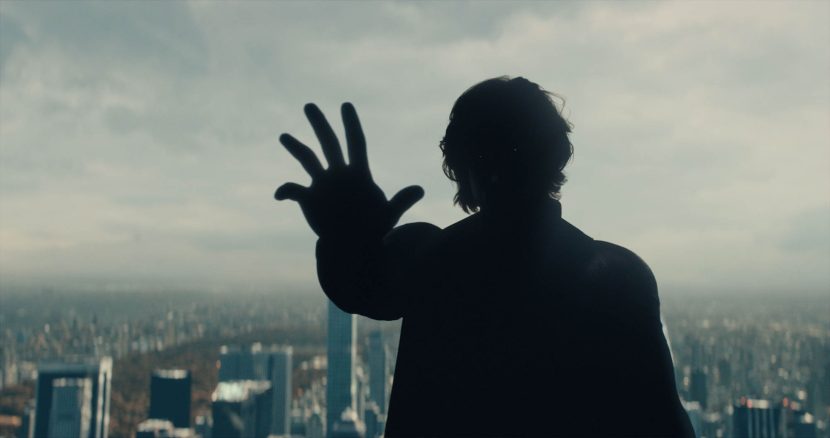
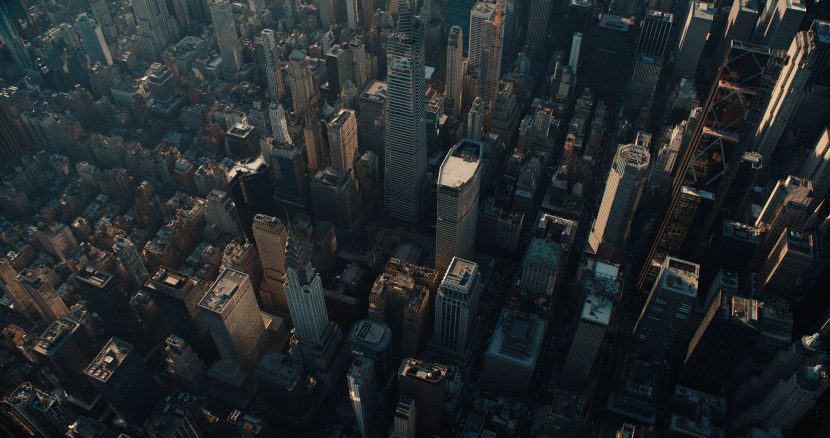

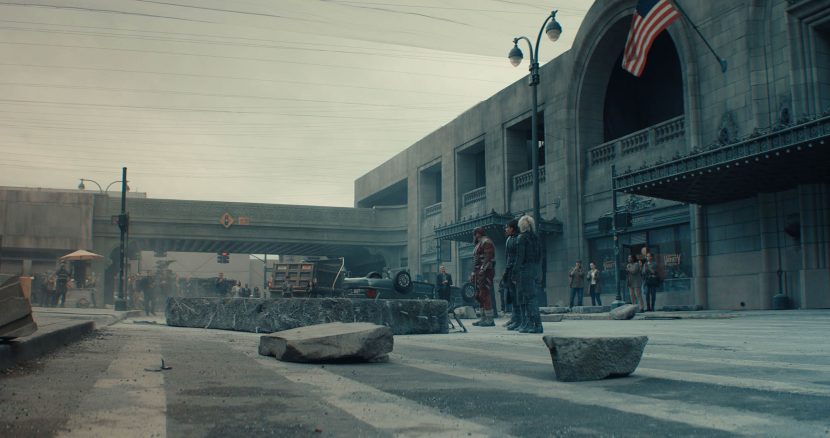
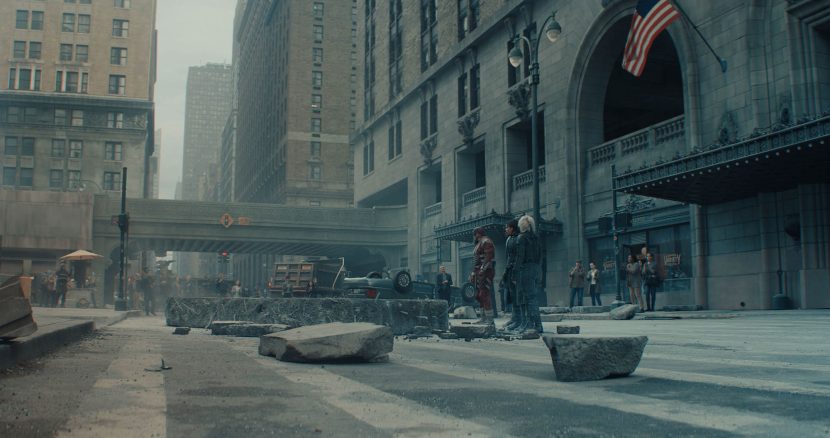

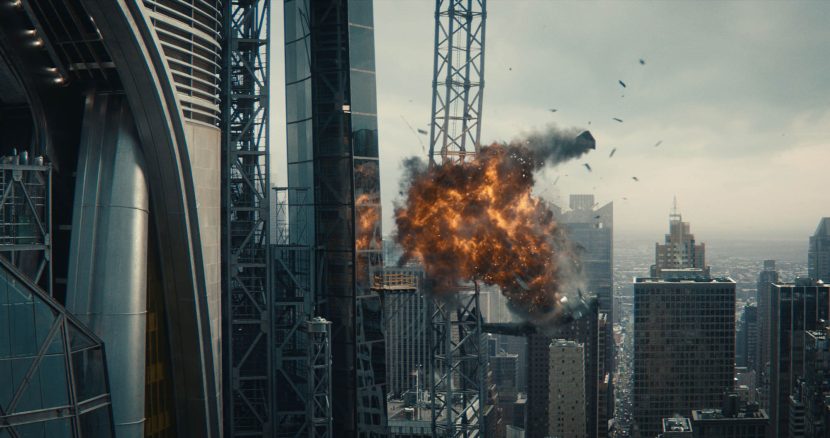
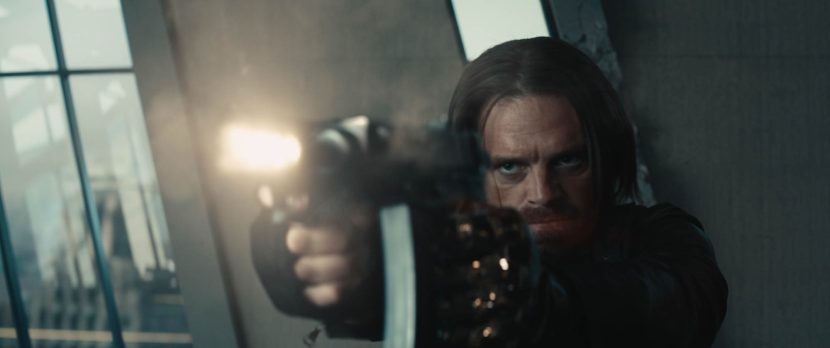
even this puff piece article needs a puff piece. Jeez.